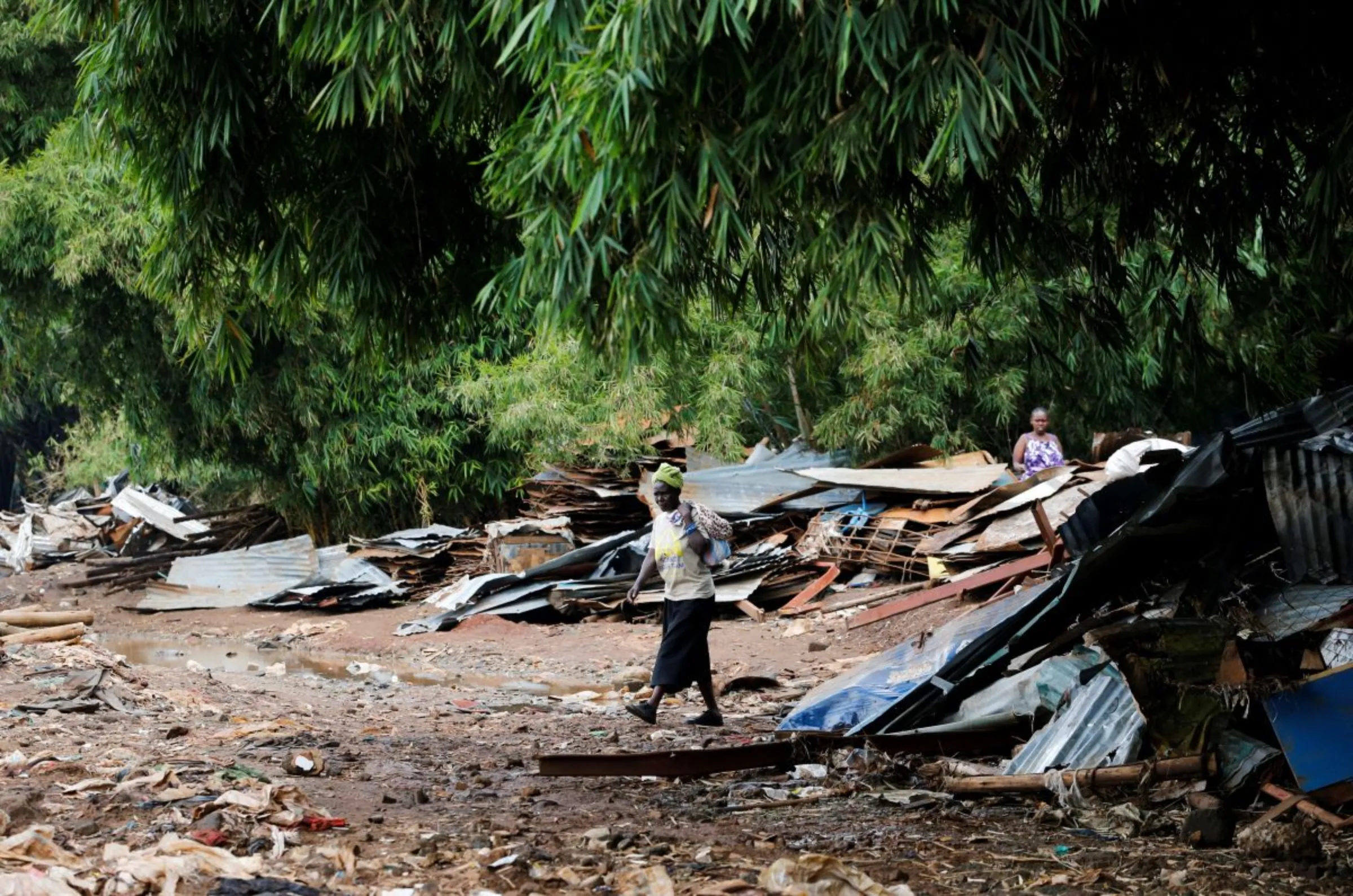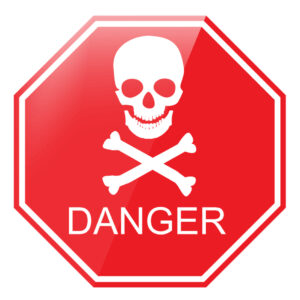African Women Forced into Risky Behavior Amid Climate Disasters
image: Residents sift through the rubble as they recover their belongings after the Nairobi river burst its banks and destroyed their homes in Nairobi, Kenya April 24, 2024.
Devastating Impact of Climate Disasters
In Nairobi’s Kawangware settlement, Kenyan vegetable seller Beverly faces a grim reality: her home and belongings destroyed by floods. Since March, torrential rains linked to climate change have devastated East Africa, displacing hundreds of thousands.
Desperation Leads to Risky Choices
Now, hunger looms, pushing women like Beverly into desperate measures – even contemplating exchanging sex for food. Amidst Africa’s climate crisis, hunger drives women and girls into sexual exploitation, increasing HIV risks, experts warn.
Vulnerability Amplified by Climate Change
The continent bears the brunt of climate change, with floods, heatwaves, and droughts wreaking havoc on communities. Vulnerable livelihoods, often based on farming, are destroyed, forcing many to migrate to survive.
Hidden Threat of HIV Amid Climate Disasters
This migration exposes women and girls to exploitation and violence, raising the risk of HIV infection. Health experts caution that neglected crises may reverse years of progress in fighting HIV.
Research Highlights Dire Predictions
Research suggests that rising temperatures could lead to an additional 16 million HIV cases in sub-Saharan Africa by 2050. Despite advancements in HIV prevention, sub-Saharan Africa remains the most affected region.
Vulnerable Groups at Increased Risk
Adolescent girls and young women are especially vulnerable, lacking economic power and education to negotiate safe sex. Climate change exacerbates these vulnerabilities, with Africa heating up faster and enduring more extreme weather events.
Desperate Measures for Survival
During climate disasters, girls drop out of school, face early marriage, or engage in transactional sex for survival. Researchers found that droughts increase women’s involvement in transactional sex, raising HIV risks.
Overlooked Response in National Plans
New HIV infections spike during disasters when people cannot access medication due to migration. Without treatment, viral loads increase, heightening transmission risks.
Urgent Call for Action
However, HIV response during disasters is often overlooked in national plans. Collaborations between HIV and humanitarian organizations are crucial, providing cash transfers, food, and water to vulnerable populations.
Safeguarding Progress
Governments and aid agencies must ensure migrants have access to HIV testing and medication during crises. Increased support for food, nutrition, and health services is essential to protect gains in HIV/AIDS.
Addressing the Intersection of Crises
Addressing the intersection of climate change and HIV/AIDS is critical to safeguarding progress and protecting vulnerable populations. Immediate action is needed to prevent a reversal of hard-won gains before it’s too late.
3.5


